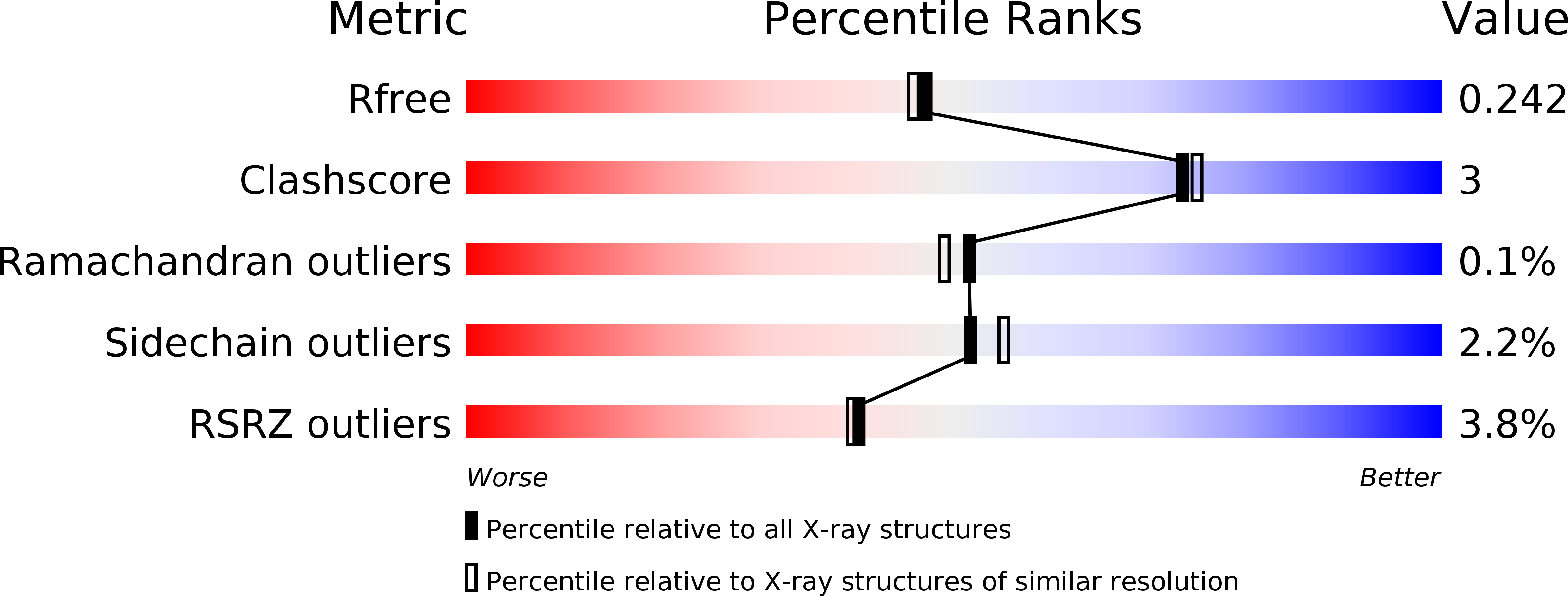
Deposition Date
2010-07-14
Release Date
2010-09-08
Last Version Date
2024-10-16
Entry Detail
PDB ID:
3NXQ
Keywords:
Title:
Angiotensin Converting Enzyme N domain glycsoylation mutant (Ndom389) in complex with RXP407
Biological Source:
Source Organism:
Homo sapiens (Taxon ID: 9606)
Host Organism:
Method Details:
Experimental Method:
Resolution:
1.99 Å
R-Value Free:
0.23
R-Value Work:
0.19
R-Value Observed:
0.19
Space Group:
P 1


